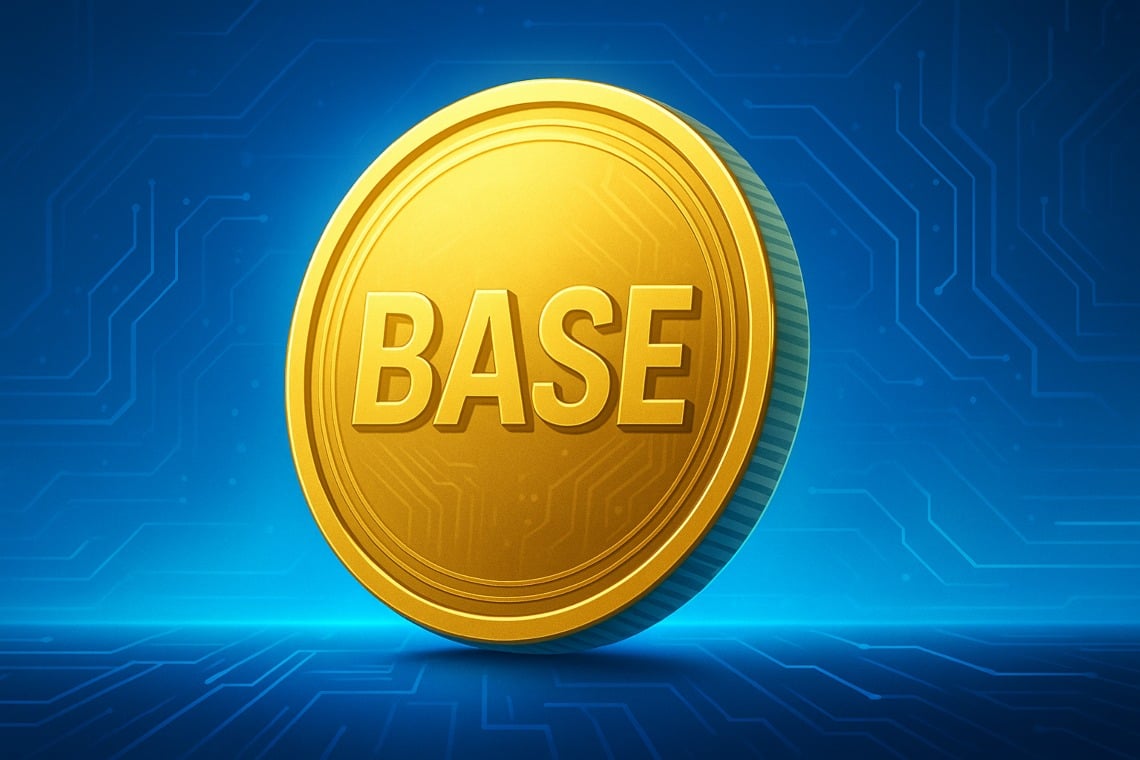The Fall of the "Bitcoin Queen" Behind the Blue Sky Green Case: The Shocking Secret of 61,000 BTC
Author: Mankiw
On September 29, 2025, the world's largest Bitcoin money laundering case will be heard again. This hearing will be nearly a year after the first hearing last year. On October 21, 2024, at the Southwark Criminal Court in London, the core figure in this case, Zhang Yadi (real name Qian Zhimin, also known as Huahua), denied on the spot all illegal accusations made by the British prosecutor against him using Bitcoin to launder money. In this hearing, Huahua's attorney, Roger Sahota from BSQ Law Firm, will continue to adopt a not guilty defense stance, "denies all allegations of money laundering" and argues that the Bitcoin seized by the authorities is not "proceeds of crime."
Who is Zhang Yadi (real name Qian Zhimin, also known as Huahua) and why does she have so much Bitcoin?
Qian Zhimin is the actual controller of Lantian Green. Founded in March 2014 with registered capital of 30 million yuan, the company marketed itself as a technology company, using alluring claims like "high returns," "guaranteed profits," and "three generations of wealth" to launch a variety of so-called "short-term investment and financial management" products. These products boasted annualized returns ranging from 100% to 300%, far exceeding typical investment returns. For example, one product claimed that a 100,000 yuan investment would yield nearly 400,000 yuan in returns after 30 months. Lantian Green's slogan, "Give Green three years, and Green will give you three generations of wealth," attracted a large number of investors.
From 2014 to 2017, BlueSky Green illegally absorbed a staggering 40 billion yuan. In 2017, the company's products collapsed, and Qian Zhimin converted the proceeds into Bitcoin and transferred them overseas. He then fled to the UK using a fake passport, causing significant losses for nearly 130,000 investors. In April 2017, the Hedong Branch of the Tianjin Public Security Bureau launched an investigation into BlueSky Green. In June 2019, public security authorities announced the arrest of 50 suspects, including BlueSky Green's legal representative Ren Jiangtao, with 28 of them transferred for investigation and prosecution. Public security authorities are continuing to recover the stolen funds, freezing and seizing some of the funds, real estate, vehicles, and other assets involved in the case. The recovery process is ongoing.
Qian Zhimin from the victim's perspective
Yang Fei, now 64, still remembers the moment he first met Huahua in October 2015. "To be honest, I didn't believe her the first time I saw her. She was about 5 feet 4 inches tall, chubby, and gave off a rather dull vibe, not the image of someone capable of leading a successful career. I thought, 'Forget it! How can this person help ordinary people make money?' I was ready to give up, but as soon as she opened her mouth, I was captivated," Yang Fei said. Huahua spoke with a steady, confident voice, never stuttering. She introduced BlueSky Green's Bitcoin business to Yang Fei, explaining that Bitcoin is the digital currency equivalent of gold, immune to inflation and guaranteed to continue rising in value. In the future, "one coin, one villa" would become the price. Huahua also mentioned the international technological trends of the time and BlueSky Green's plans to develop technology products, aiming to become a leader in the Fourth Industrial Revolution. She predicted that a trade war, a technology war, and a financial war would inevitably ensue between China and the United States in the coming years. She said that if investors joined her in mining Bitcoin and investing in technology products, they would be able to resist a full-scale US invasion. "She talked incessantly for nearly two hours, but she didn't urge me to invest. I didn't feel annoyed and actually listened to her." Yang Fei said that he invested more than 200,000 yuan after chatting with Huahua that day.
This captivating contrast is the first impression many investors have of Huahua. Investor Ye Houde, who has been in the home furnishings and building materials business for decades, invested in BlueSky Green in the second half of 2014. He had never heard of Bitcoin before, but upon meeting Huahua and watching her use a marker to simply draw circles and arrows on a whiteboard while explaining Bitcoin and blockchain, he felt he understood and thought, "Following her to invest in Bitcoin is a good opportunity." He subsequently bought into every project, investing over 10 million yuan exclusively in Bitcoin. Later, he even closed his shop and became a small-time leader, responsible for educating other investors in Tangshan, Hebei about Bitcoin and BlueSky Green, and answering their questions.
——From "Sanlian Life Weekly"
One thought makes you a Buddha, one thought makes you a devil
Eight years have passed since the BlueSky Green case, spanning 2017 to 2025. The former protagonist, Huahua, and the investment frenzy she sparked continue to elicit regret. While public information is limited, we can still glimpse the complexity and controversy surrounding this case. Huahua, with her keen investment acumen and unique personal charisma, reportedly attracted 130,000 domestic investors, with cumulative investments exceeding 40 billion yuan.
Surprisingly, the victims included retired public security officials, successful entrepreneurs, and other highly educated individuals. This raises the question: What charm did Huahua possess that attracted so many investors back then?
Based on the available information, Huahua might have had the potential to become a prominent cryptocurrency investor. As early as 2014, she grasped the inherent value of Bitcoin and blockchain technology, becoming one of the earliest Bitcoin evangelists in China. She once promised investors, "Bitcoin is the 'gold' of digital currencies, immune to inflation and with a price that will continue to rise. In the future, one coin could be exchanged for a villa." This prediction now appears to have come true to some extent: by 2025, the price of Bitcoin had soared to approximately $120,000 (nearly one million RMB). If Huahua had actually purchased Bitcoin for her investors back then, perhaps she would have become a "good entrepreneur," leading others to prosperity, rather than currently serving a prison sentence in the UK. However, as the old saying goes, "Flowers may bloom again, but people never return to youth." Huahua's ingenuity, misdirected, led to a tragic end.
Despite this, Huahua's investment acumen left her with a vast fortune—61,000 Bitcoins (which have been frozen by UK police, and the actual number is likely much higher). This asset, now extremely valuable, has become a focal point in the case. Similar to the collapse of the renowned US digital currency exchange FTX, whose founder, SBF, was imprisoned, his legacy, the Solana public blockchain, has become one of the world's most active DeFi blockchains with the highest daily users and the largest DeFi transaction volume, and the value of related crypto assets has also increased significantly. In the Blue Sky Green case, these 61,000 Bitcoins are undoubtedly a crucial asset that the victims desperately need to secure.
To this end, we call on victims to take positive action by scanning the QR code to fill in the victim information and add WeChat, and choose Mankiw Law Firm as your attorney. We are confident that we can help victims recover their trapped assets.
We will work with a professional British law firm to continue to monitor the progress of Zhang Yadi's criminal case, conduct in-depth analysis of the possibility of recovering the frozen assets, and determine whether the frozen Bitcoin can obtain the best compensation plan for the victims based on the applicable laws of the criminal case and the evidence presented, striving to recover the losses for the victims.
También te puede interesar

Stablecoins: Unlocking Revolutionary Payment Solutions Beyond Card Fees

Data: Hong Kong virtual asset ETF trading volume today is approximately HK$61.82 million
